
Spondylus is a genus of bivalve molluscs, the only genus in the family Spondylidae. They are known in English as spiny oysters or thorny oysters.
Vexillum baeri is a species of small sea snail, marine gastropod mollusk in the family Costellariidae, the ribbed miters.

Vexillum geronimae is a species of small sea snail, marine gastropod mollusk in the family Costellariidae, the ribbed miters.
Calcimitra arnoldeyasi is a species of sea snail, a marine gastropod mollusk in the family Mitridae, the miters or miter snails.

Guido T. Poppe is a Belgian malacologist, shell dealer and author of more than 20 books and publications about shells, mainly about the families Volutidae and Trochidae.

The Pectinoidea are a superfamily of marine bivalve molluscs, including the scallops and spiny oysters.

Spondylus gaederopus is a species of marine bivalve mollusc, a thorny oyster in the family Spondylidae. This species is endemic to the Mediterranean Sea. S. gaederopus has low fecundity as they lay up to 404 858 ± 248 014 female eggs per season starting at the age of 3. Additionally, they live to be up to 18 years old.

Spondylus varius, is a species of large marine bivalve mollusc in the family Spondylidae, the spiny oysters.

Vexillum strnadi is a species of sea snail, a marine gastropod mollusk in the family Costellariidae.
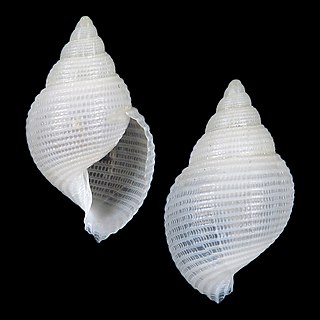
Leucotina knopi is a species of sea snail, a marine gastropod mollusk in the family Amathinidae.

Belomitra leobrerorum is a species of sea snail, a marine gastropod mollusc in the family Belomitridae.

Mitrella fineti is a species of sea snail, a marine gastropod mollusk in the family Columbellidae.
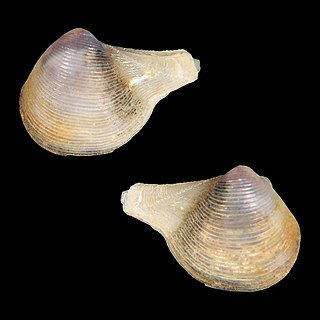
Cuspidaria tomricei is a species of marine bivalve mollusc in the family Cuspidariidae.
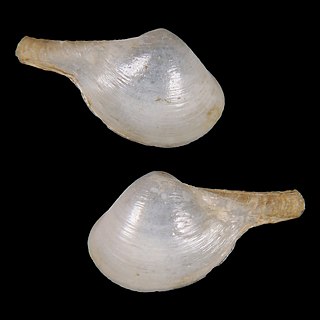
Cuspidaria vicdani is a species of marine bivalve mollusc in the family Cuspidariidae.

Globivenus banaconensis is a species of marine bivalve mollusc in the family Veneridae.
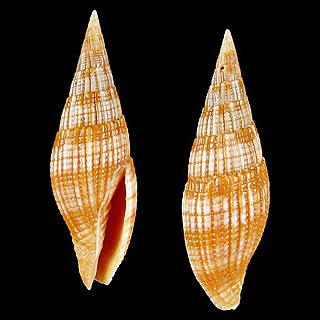
Nebularia baerorum is a species of sea snail, a marine gastropod mollusc in the family Mitridae.

Acesta vitrina is a species of marine bivalve mollusc in the family Limidae.
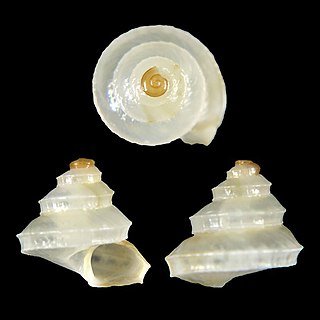
Zygoceras okutanii is a species of sea snail, a marine gastropoda mollusk in the family Haloceratidae.

Spondylus regius, the regal thorny oyster, is a species of bivalve mollusc in the family Spondylidae. It can be found in the Western Pacific, and can grow 156 mm in length.

Spondylus linguafelis, the cat's tongue oyster, is a species of bivalve mollusc within the family Spondylidae. Its distribution covers parts of the Indian and Pacific Ocean near areas Australia, Hawaii, Guam, and the Philippines in reef environments at depths up to 25 meters. It can grow up to 91 millimeters in length.

















